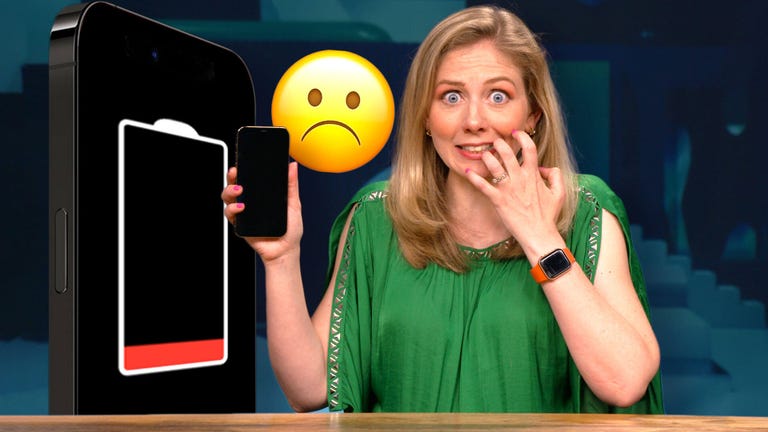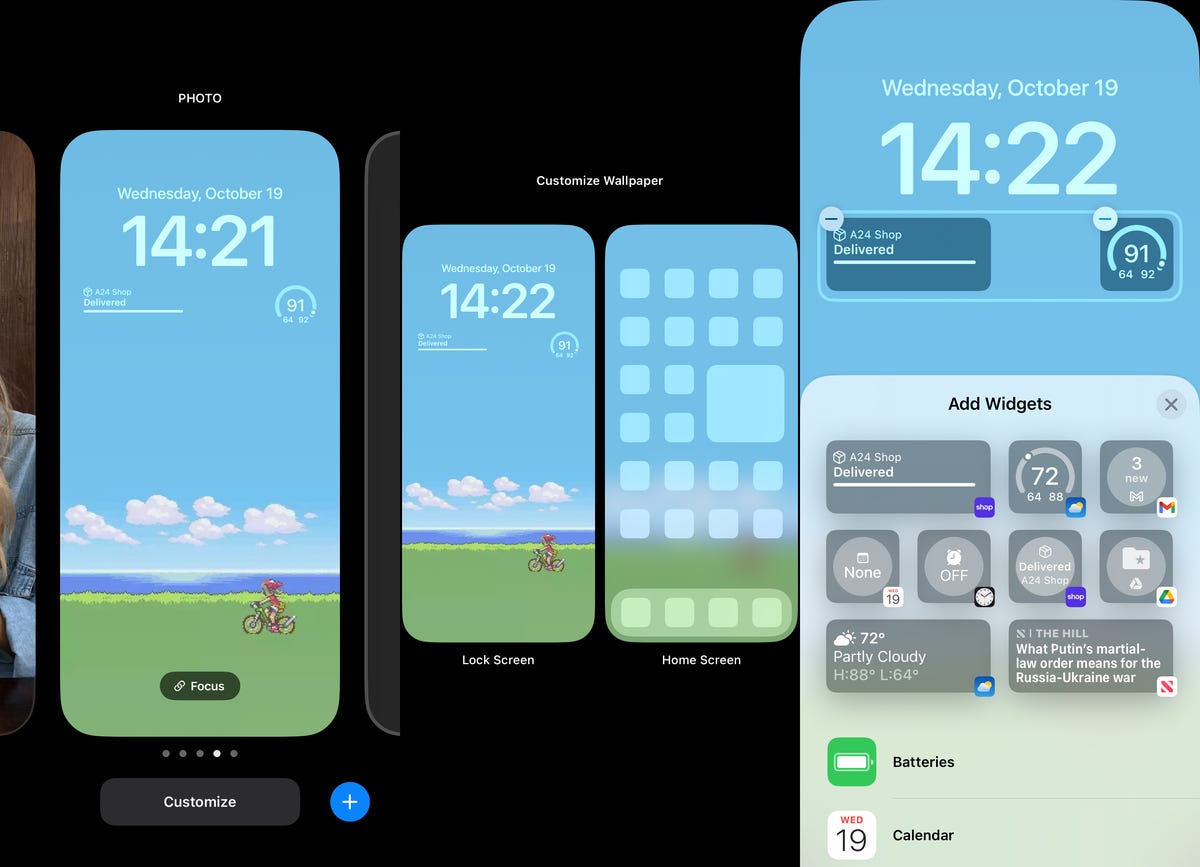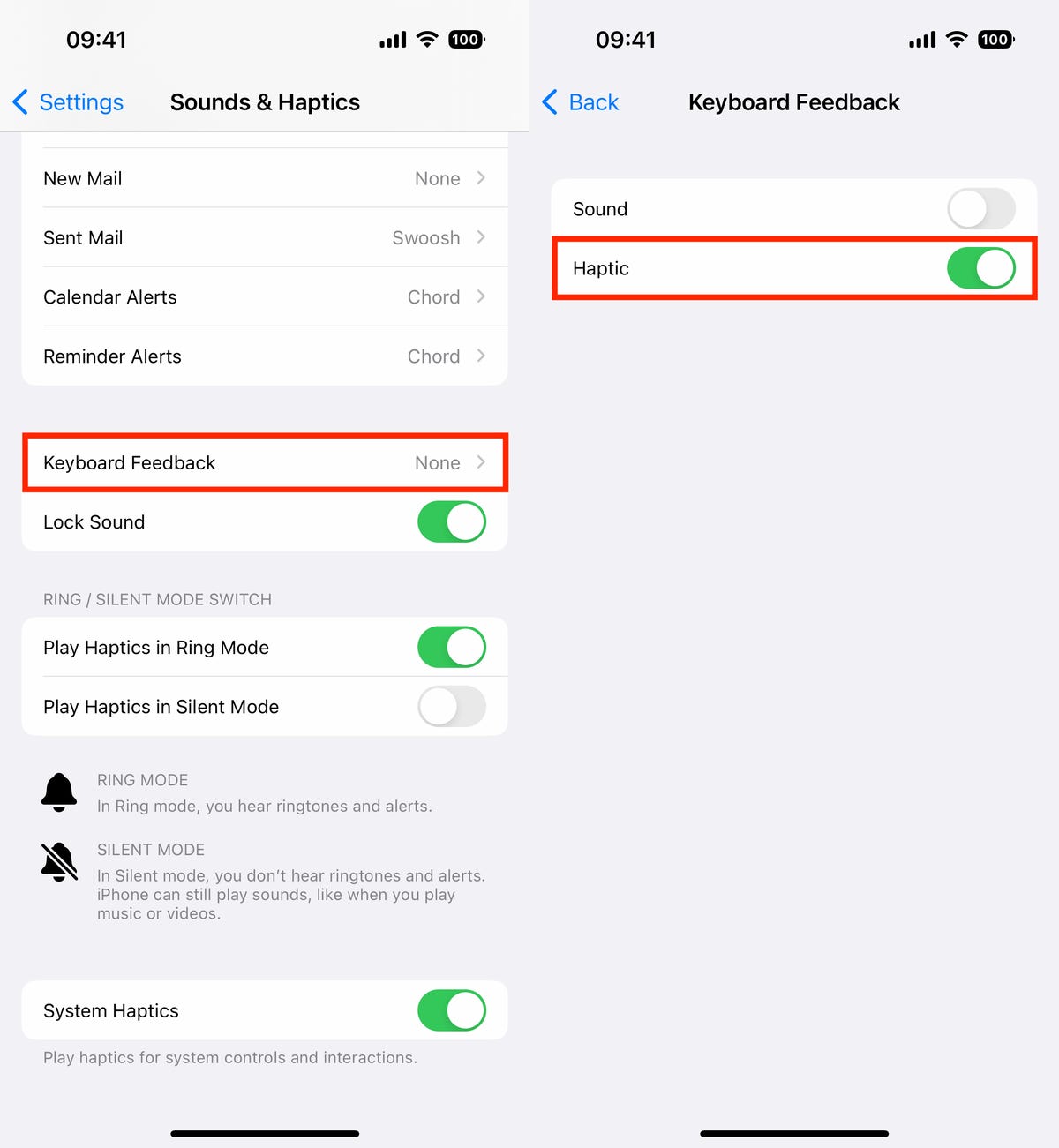
Do you find your smartphone dying a little faster than usual? It may not be time to get a new phone just yet. You could use a portable charger when out to make sure you have more juice. You could make time to strategically charge it here and there so that you’re not out of juice, but that feels inconvenient. But why do all that when you could change a few settings on the phone you have?
If you’re an iPhone user, there are some settings in iOS 17.5 you can adjust so that your device won’t run out of juice when you need it most. You can also keep an eye on your Battery Health menu: it’ll not only tell you your battery health percentage (80% or higher is considered good) but also show you how many times you’ve cycled your battery and whether or not your battery is “normal.”
Read more: iPhone 16: What We Know About the Release Date, Leaks and More

Keep those iPhone battery best practices in mind as you get ready for iOS 18, and read on to learn about some less obvious battery-saving tips for iOS 17.
We’ll show you two features in iOS 16 and iOS 17 that both put a strain on your iPhone’s battery to varying degrees and how you can turn them off to help preserve battery life. Here’s what you need to know.
If you want more battery saving tips and tricks, check out how to stop background apps from refreshing and how to replace your iPhone’s battery (cheaper than Apple).

Watch this: So Many iPhone Battery Complaints, but Why?
Stop using widgets on your iPhone lock screen
All the widgets on your lock screen force your apps to automatically run in the background, constantly fetching data to update the information the widgets display, like sports scores or the weather. Because these apps are constantly running in the background due to your widgets, that means they continuously drain power.
If you want to help preserve some battery on iOS 17, the best thing to do is simply avoid widgets on your lock screen (and home screen). The easiest way to do this is to switch to another lock screen profile: Press your finger down on your existing lock screen and then swipe around to choose one that doesn’t have any widgets.
If you want to just remove the widgets from your existing lock screen, press down on your lock screen, hit Customize, choose the Lock Screen option, tap on the widget box and then hit the “—” button on each widget to remove them.

If you’re already low on battery, it’s best to just switch to a wallpaper that doesn’t have lock screen widgets.
Turn off your iPhone’s keyboard vibration
Surprisingly, the keyboard on the iPhone has never had the ability to vibrate as you type, an addition called “haptic feedback” that was added to iPhones with iOS 16. Instead of just hearing click-clack sounds, haptic feedback gives each key a vibration, providing a more immersive experience as you type. According to Apple, the very same feature may also affect battery life.
According to this Apple support page about the keyboard, haptic feedback “might affect the battery life of your iPhone.” No specifics are given as to how much battery life the keyboard feature drains, but if you want to conserve battery, it’s best to keep this feature disabled.
Fortunately, it is not enabled by default. If you’ve enabled it yourself, go to Settings > Sounds & Haptics > Keyboard Feedback and toggle off Haptic to turn off haptic feedback for your keyboard.

Every single time you type, you’ll feel a slight vibration for each key you hit.
For more tips on iOS, learn how to download the new iOS 17 and how to automatically delete multifactor authentication messages from texts and emails.